Caulking has always been the easiest way to correct a loophole or gap in a building. It is one of the methods by which a mistake or something that is not fit is corrected to fit perfectly. The idea of caulking is to correct and make amends to avoid the passage of air, water, moisture, dust, and smoke into openings or joints to accommodate differential movement.
When building a house or doing some renovations and remodeling, you may fix tiles, ceiling, baseboards, etc., and may discover that there is some space at the top or bottom of the baseboards which if left uncaulked will make the whole work look bad. This is where caulking comes into action. It will then be used to protect the building and make the house more energy-efficient.
The question now is, Should bathroom baseboards be caulked?
Yes, bathroom baseboards should be caulked to fill in and seal the gaps created by the baseboards and also to avoid the passage of air, water, moisture, dust, and smoke into openings or joints created by the baseboards. Caulking bathroom baseboards will help corrects baseboards that are not fit and cause them to fit properly, which will, in turn, bring out the beauty of the bathroom.
Table of Contents
What is Caulk?
Caulk is a moldable material that usually comes in 10-ounce tubes and is applied using a caulking gun to fill in and seal gaps throughout a structure. It might be a bathroom, roof, room, etc.; the opening may also be in your tiles; it might be in the ceiling. Caulking is not only limited to the bathroom; you can caulk your windows, plumbing, interior, and exterior jobs, kitchens, concrete, gutters, molding, and many more.
Types of Caulk
- Silicone Caulks
- Latex
- Polyurethane Caulks
- Acrylic Caulk
- Polysulfide Caulks
There are many types of caulk used for many purposes. Some are used for the ceiling, some for tiles, bathroom, roof, windows, plumbing, interior and exterior jobs, kitchens, concrete, gutters, molding, etc. They all have the best place they are suitable for.
However, there are some caulks meant to be used outdoor, that is, outside the house. Others are also meant to be used indoor. This means that the ones meant for outdoor works best for outdoor while the one meant for indoors works best when used indoors. For example, Sher Max Caulk is best when used outdoor, while Silicone is best for indoor such as kitchen and bathroom.
As a matter of fact, Silicone and Polyurethane caulk are best used to seal a wet environment as they do not wash off when exposed to water. This is the type of caulks that are supposed to be used inside the bathroom and kitchen because we use water in the bathroom and the kitchen. It can be used around bathtubs, sinks and can be used around windows too.
There is some type of caulk that is meant to last forever; some have some years to stay before expiring. Some may last forever while others may stay for like five years, 43 years, 45 years, depending on the brand you bought.
Another thing to note is that some types of caulks are more expensive than others. The question is, does the cost of the caulk determines how good and long it will last?
Polysulfide Caulks are meant to be used in a prolonged liquid area. This is the type of caulks used on joints meant to stay submerged in liquids for a very long time. This type of caulks can withstand liquid for a very long time. Example of some places where Polysulfide can be used is the swimming pools, storage tanks, wastewater treatment, etc.
Acrylic Caulks are best used inside the room to fill gaps in molding. You can use it inside your room, doors, windows, meaning that this type of caulk is best for indoors. Acrylic caulks dries hard and can be painted over.
Should Bathroom Baseboards be Caulked?
Bathroom baseboards should be caulked to fill up and seal the gaps created by the baseboards and also to avoid the passage of air, water, moisture, dust, and smoke into openings or joints created by the baseboards. It’s similar to sealing bathroom tiles. The bathroom baseboard should be caulked so the gaps will be sealed.
Importance of Caulking Baseboards in Bathroom
- The first importance of caulking bathroom baseboards is to prevent air, dust, moisture, and water from entering the baseboard gaps after it was fixed.
- The second importance of caulking baseboards in the bathroom is to give your baseboards and your bathroom a good clean look. You added baseboards in your bathroom to complete the decoration of the bathroom and make it look okay.
- However, leaving those gaps created at the top and bottom of the baseboard may make the bathroom look bad; therefore, filling it will help correct it. The most exciting thing is that, after the caulk is applied and is dry, you can still apply paint on it.
What you need to Caulk Bathroom Baseboards
- Silicone Caulk, or
- Latex caulk
- Caulking Gun
- Wet cloth
- A bucket filled with a small amount of water
- Knife
- Brush
Best Caulks for the Bathroom
As reiterated earlier, there are several types of caulks, but some are meant to be used in the bathroom. If you are buying a caulk for your bathroom baseboards, it’s important to buy the type of caulks intended to be used inside the bathroom.
However, the best caulks for the bathroom are silicone or latex caulks. The reason is that silicone caulks provide a more robust seal against water or moisture, while latex caulk is much easier to work with. Using any of these caulks on your bathroom baseboards will give you the sealing you desire.
If you’ve decided to caulk bathroom baseboards and wonder which caulk will work best on them, I suggest you get either silicone caulk or latex caulk. They will give you the strong seal you desire. You have to use a waterproof caulk. You don’t need something that will wash off in no time.
Types of Caulking Guns
- There is a battery-powered caulking gun.
- Caulking guns with two canister trays for dispensing two-part sealants and epoxy
- There is a type of caulking gun that handles 29-oz tubes or cartridges.
- There is the pneumatic air powered caulking gun, and finally,
- The sausage guns: This type of caulking guns requires a pliable tube
- Best Caulking Guns
Dripless Caulking Gun
Check the price over here at Amazon
Dripless: This is one of the best caulking guns used by many. There are many types and brands of dripless caulking guns, such as:
Types of Dripless Caulking Gun
- Dripless 10oz Industrial Caulk Gun
- CJGQ Sausage Caulking Gun 20 Oz / 10 Oz
- Dripless CR200 Professional Ratchet Drive Caulk Gun
- Dripless Inc. ETS2000 ERgo Composite Caulk Gun
- Dripless SH200 Contractor Hex-Rod Caulk Gun
How to Caulk Baseboards in Bathroom
- Get a 10-ounce caulk suitable for bathroom
- Use a knife to cut the tip of the caulk. You are only allowed to cut the tips.
- The next thing to do is to use the small piece of wire on the caulk gun that comes out from below the shaft; you can use it to poke a hole in the tube of the caulk. However, if you’re using most latest latex caulks, they are already open; you don’t need to poke a hole in the tube to open it. Just cut the tip of the tube, and you are good to go.
- Now, it’s time to fix the caulk tube into the shaft of the caulking gun. Make sure to do this properly.
- After the caulk is properly fixed on the gun, position the caulk gun where you want to seal and pull the trigger until it meets some resistance. Note that when pulling the trigger, the seal will start to come out from the caulk.
- You are advised to always use a brush to clean the baseboards before applying the seal. This is to remove any dust particles in the area where you want to seal.
- Before applying the caulk to the top and bottom of your baseboards in bathroom joints where you want to seal, it is vital to start applying from an inch away to avoid leaving a mess at the end. Give a little bit of space, apply, run your caulking gun until you meet some resistance.
- After you have applied and met some resistance, use your finger to smoothen the caulk into the crack. If you do this, some caulk will be on your finger, use it, and touch that space you left earlier (that inch you left when you started to apply).
- You can use a knife to make the caulk look clean inside the joints.
- While using your finger, it’s important to always keep a wet finger. It will help you not to make a mess.
- When applying the caulk, if you meet a bigger gap, do stop a little bit to allow more caulk inside the gap.
- Make sure to wash your hands with soap and water when you are done.
- Give the caulk some time to dry before painting
Conclusion
In conclusion, you can go ahead and caulk the baseboards in your bathroom. It will help bring out the beauty of your bathroom, make the interior designs in the bathroom stand out, and give your bathroom an excellent finishing.
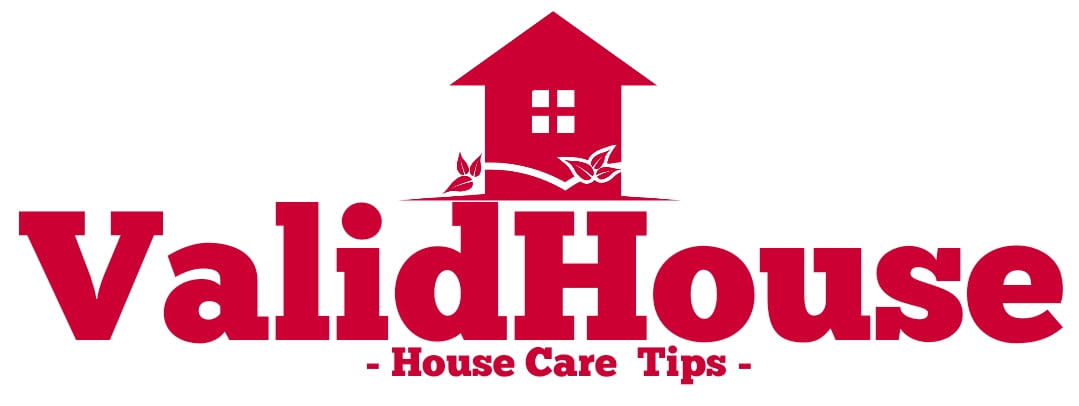


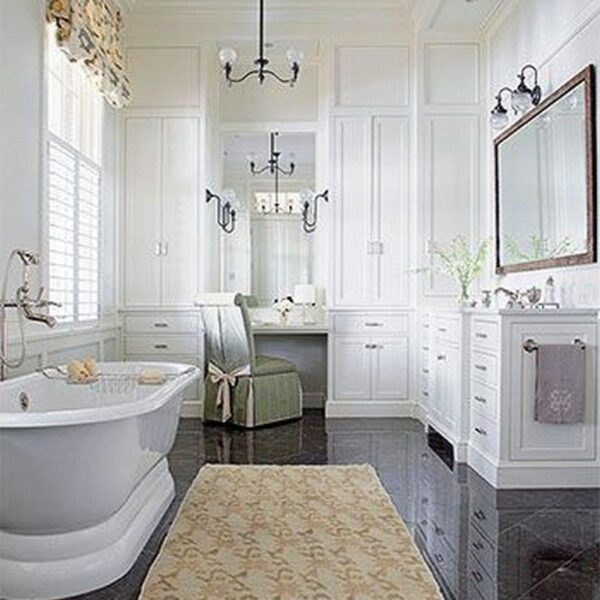
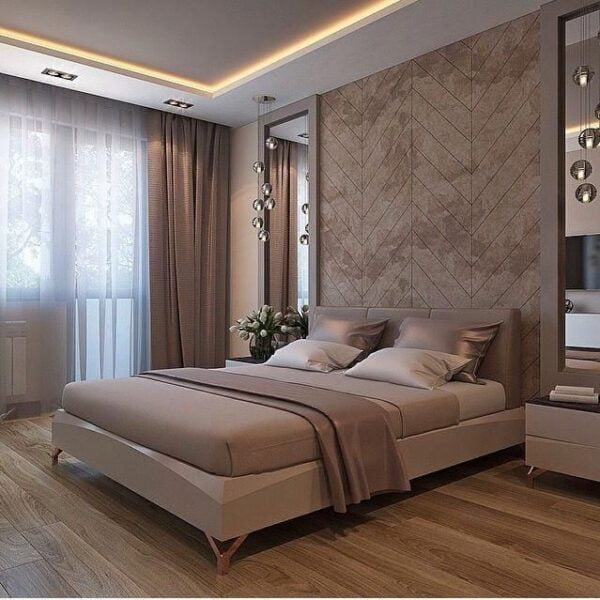
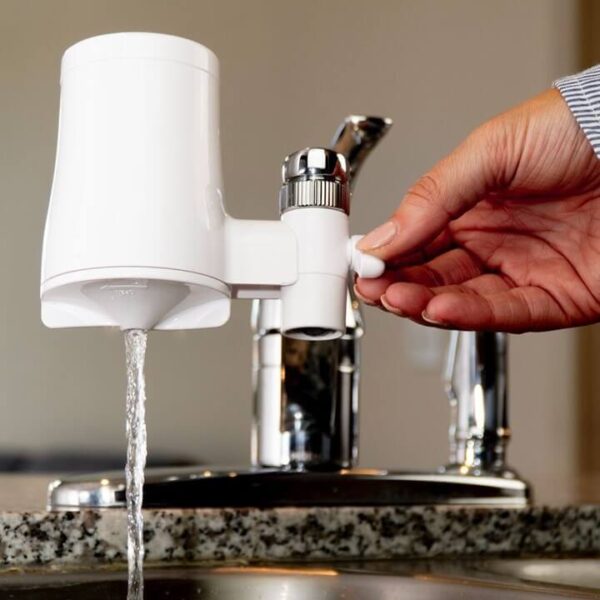
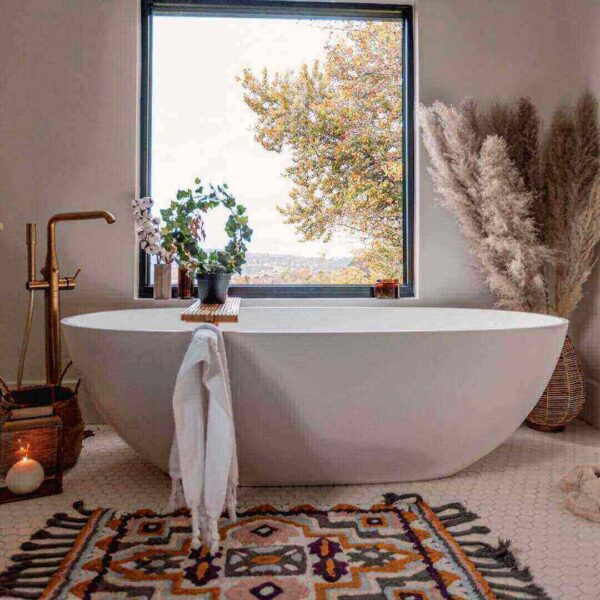
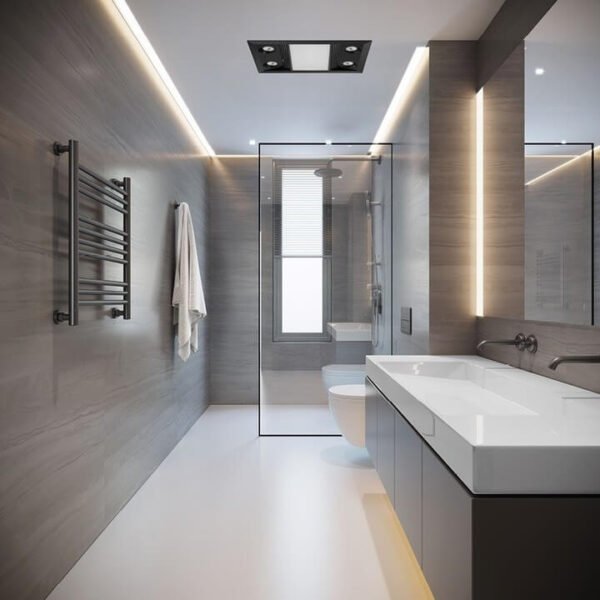
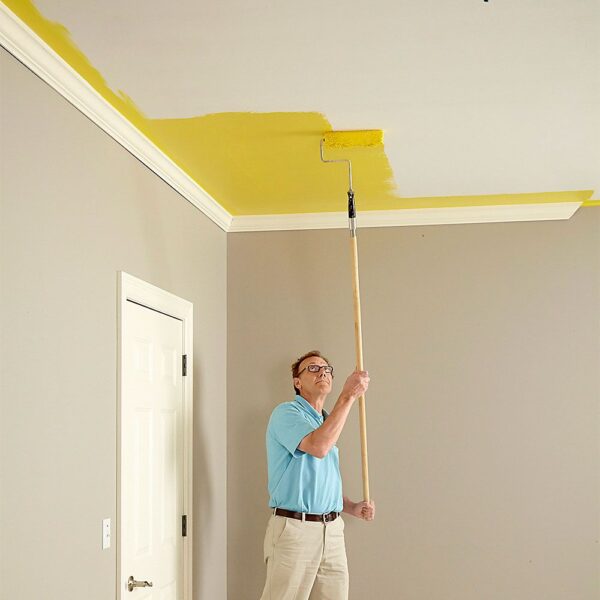


Leave a Comment